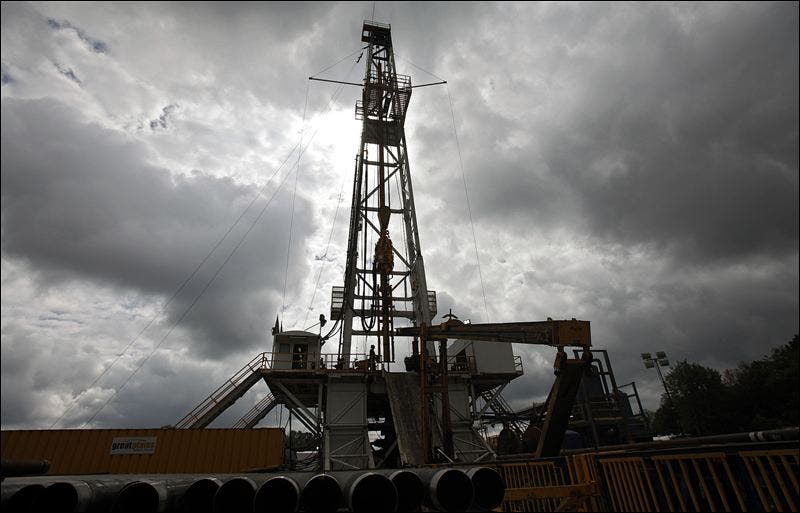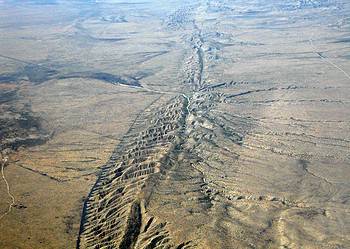Hydraulic fracking is responsible for a swarm of earthquakes, one of which was felt by Ohio residents in March 2014, a study has found. While the earthquake hag a magnitude of only 3.0 degrees, it is believed that it may have activated a geological fault and may ultimately lead to more significant temblors.

Fracking has already become controversial due to the possibility of generating earthquakes. Scientists have already shown that human activity can generate a cascade of major earthquakes (case study in Oklahoma) and there is growing concern regarding the long term effect of activating faults.
Inactive faults are faults that have not exhibited recent seismic activity, but can become activated with a “nudge”. Seismologists believe that this is the case with here – fracking near the Poland Township activated a previously unknown fault in the earth, say scientists, who identified 77 earthquakes with magnitudes ranging from 1.0 to 3.0 between March 4 and 12. The strongest earthquake was felt by the people in the area, though no damages were done.
“These earthquakes near Poland Township occurred in the Precambrian basement, a very old layer of rock where there are likely to be many pre-existing faults,” said Robert Skoumal, co-author of the study. This activity did not create a new fault, rather it activated one that we didn’t know about prior to the seismic activity.”
In October 2014 another study in the same journal suggested 400 small earthquakes in Ohio were triggered in three months alone through fracking. The thing is, when you’re fracking you actually want to create a small earthquake; the goal is to create fissures which allow the hydrocarbon to upflow. The technology has been widely adopted across the US, but in Europe the method is still controversial and has been banned in countries like France. Recently, the US has also started to look more carefully into fracking, and the technique was banned in the state of New York. But for most of the country, it goes on without much analysis.
Skoumal argues that we should first understand the risks of developing a new fissure system within inactive faults – not doing these can cause serious issues.
“We just don’t know where all the faults are located,” he said. “It makes sense to have close cooperation among government, industry and the scientific community as hydraulic fracturing operations expand in areas where there’s the potential for unknown pre-existing faults.”
Previous research has also shown that fracking sometimes takes place in shallow depths with drinking water, and that some sites are huge emitters of greenhouse gases. Apparently, there’s still much we don’t know about it.
Source: Robert Skoumal.






